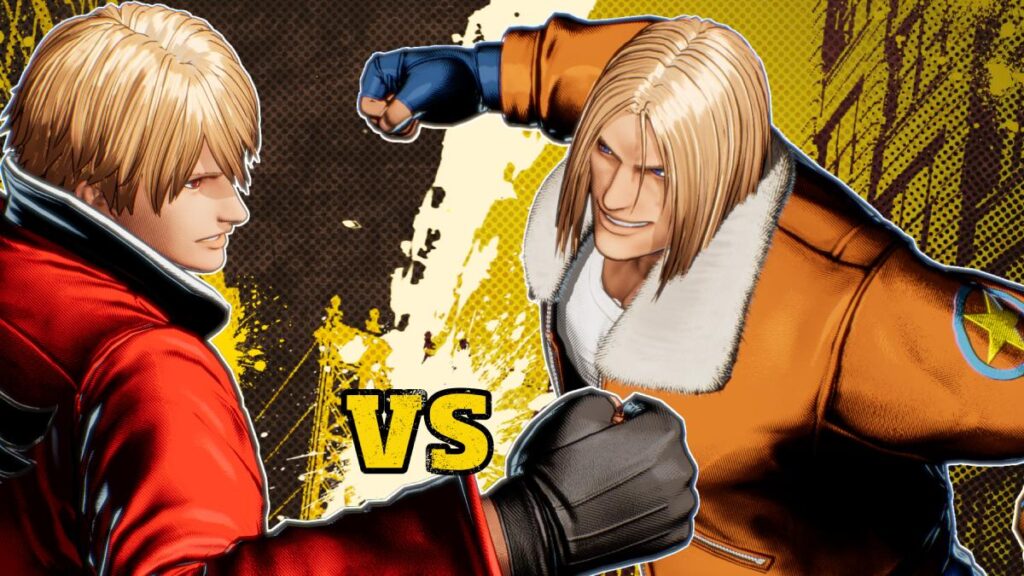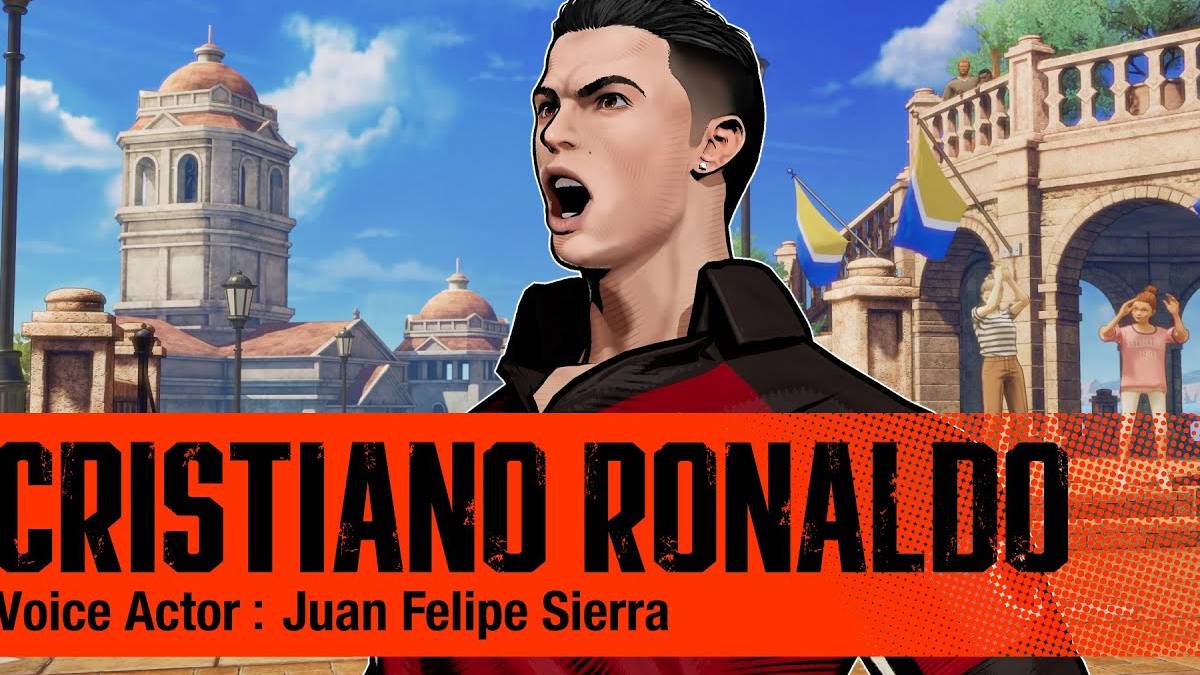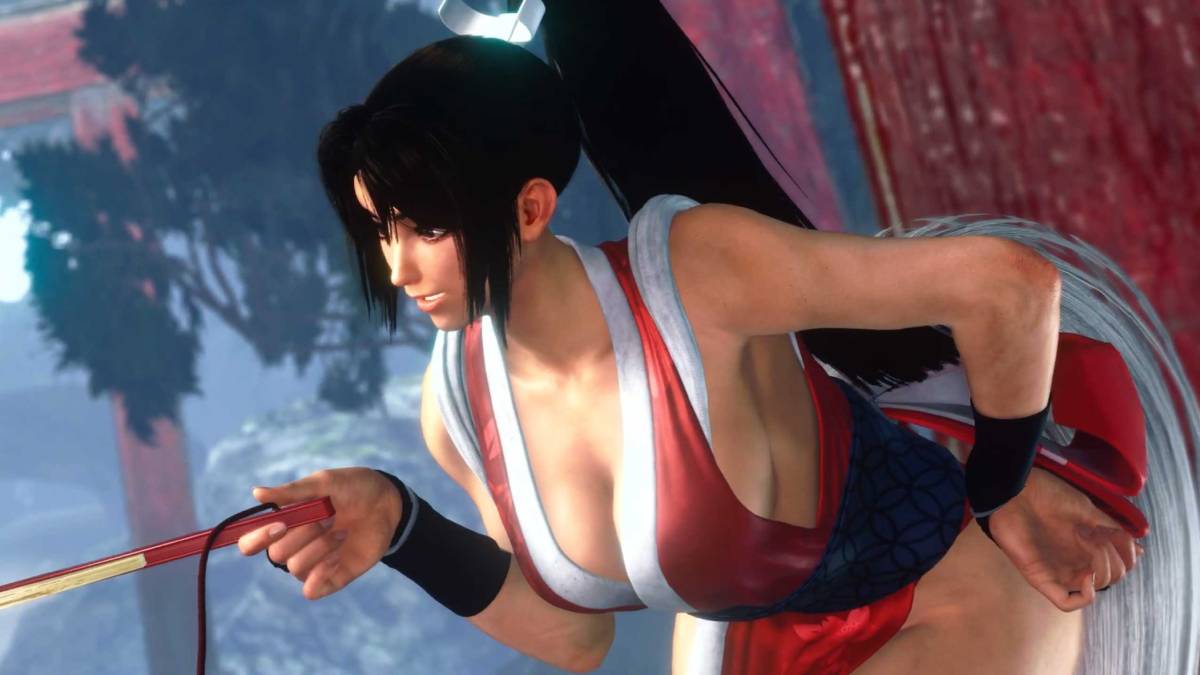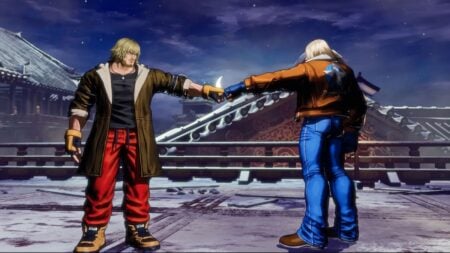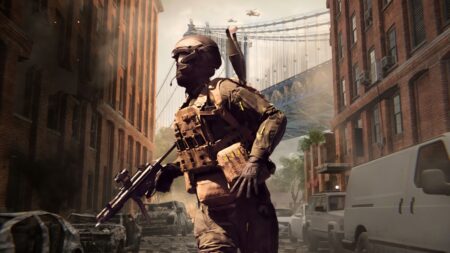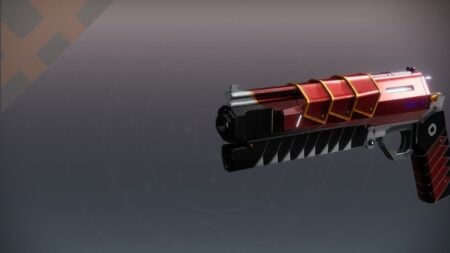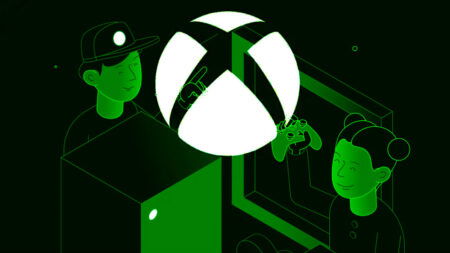SNK has been a household name in the fighting game community for decades, with classics like King of Fighters ’98 through King of Fighters XIII earning die-hard fans who often claim those titles as some of the best fighting games ever made. While SNK’s momentum slowed a bit after KOF XIII, the company has now made a comeback, exhuming the long-dormant Fatal Fury franchise. With Fatal Fury: City of the Wolves, SNK delivers a promising title that, despite some imperfections, shows clear potential to mature and evolve.
A Whole Host of Wolves

The game launches with a roster of 17 fighters, comparable to other modern fighters like Street Fighter 6 and Guilty Gear Strive. This roster is set to expand with Season 1 DLC characters included in the base price. Confirmed additions include fan favorites Andy Bogard, Joe Higashi, and Mr. Big, alongside two crossover guest brawlers from Street Fighter 6: Ken Masters, the iconic Flame Fist, and Chun-Li, the queen of kicks.
The introduction of real-life people as game characters, which includes the football legend Christiano Ronaldo and the mostly unfamiliar Salvatore Ganacci, did spark some controversy. But rest assured, the thought put behind these characters is obvious, and it shows they’re not just shoo-ins for the marketing but have actual depth and are definitely worth a shot, even if you don’t follow them in real life. And if they don’t float your boat, there are more than enough archetypes to suit every player’s needs.
This includes the zoners like Billy Kane and Kain R. Heinlein, grapplers like Tizoc and Kevin Rain, and mixup characters like Cristiano Ronaldo and Hokutomaru. There are many different kinds of brawlers to try out.
Fighter Designs & Customization Options
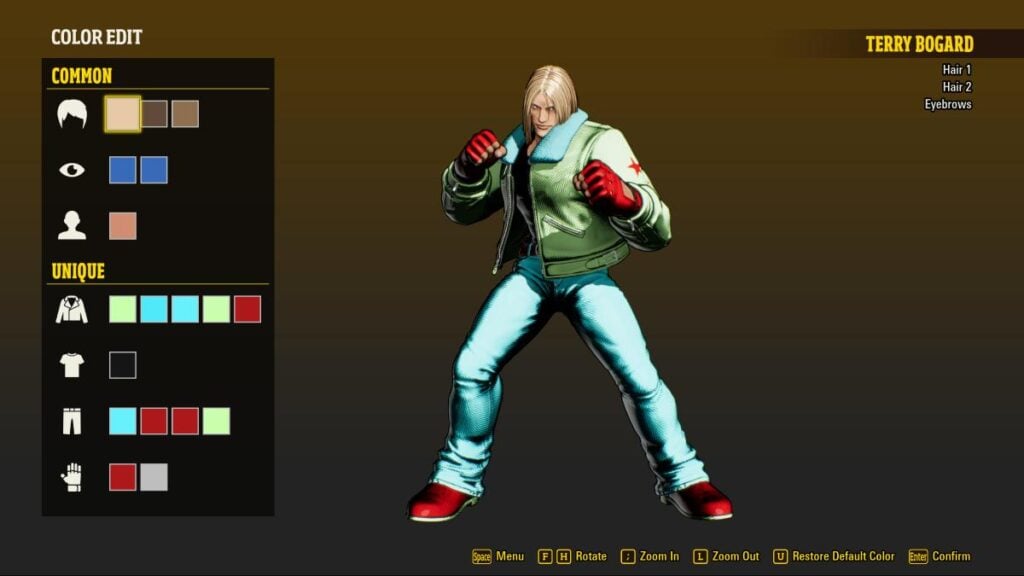
Character redesigns are a mixed bag. Some, like Terry Bogard, Rock Howard, and Billy Kane, look fantastic in their updated appearances, while others, including Kim Dong Hwan and Mai Shiranui, feel like a step backward. Fortunately, SNK plans to release classic costumes alongside new DLC skins, giving you options to customize their fighters’ looks.
Speaking of looks, SNK has included a feature-rich character customization mode called the Color Editor, which, as the name suggests, allows you to change the colors of each part of your fighter. No, it isn’t as hog wild as Tekken 8, but that is a good thing. This system strikes a good balance by allowing personalization without sacrificing character identity. This approach is something other fighting game developers, including Capcom, could learn from.
All the Ways to Play

The Japanese developer has taken a lot of inspiration from contemporaries, especially Street Fighter 6, and that is far from a bad thing. Imitation is the greatest form of flattery, and SNK has flattered Capcom quite a bit. This includes some game systems that are similar, but also includes some Hidden Gears like Salvatore Ganacci’s, which resembles Deejay from SF6, and Tizoc, whose super looks a lot like El Fuerte’s Ultra 2 in Ultra Street Fighter 4.
Coming to the modes available in the game, SNK hasn’t held anything back. The game is loaded with everything a fighting game should come with: a straightforward story mode called Episodes of South Town that sees you selecting chapters and beating up foes, a solid Training Mode, standard Ranked and Casual online matches, a Jukebox mode, and even an AI Opponent mode that lets players face AI versions of real players.
This doesn’t mean there aren’t any omissions, most importantly, the tutorial mode is barebones, and doesn’t teach newcomers how they should be playing, instead, it just quickly inundates players with the systems and a long list of niche terms and throws you straight into the deep end. This is fine for people who are used to fighting games, but it won’t be ideal for people who are starting out. That is coupled with a feeble Missions Mode, which has some extremely easy combos for the most part, with the fifth and last one going from easy to very complex, with nothing else to bridge the gap. They don’t teach you your character’s abilities as well as they should, and don’t show you combos that tell you how you can use each special move and super. So, for practical combos and character abilities, you’ll have to search outside the game itself.
Another notable omission is the absence of a frame data display in Training Mode, a feature now considered essential for competitive players. While this is a significant drawback, it’s reasonable to expect SNK to address it in a future update.
There are some odd UI decisions, especially when it comes to the online lobbies, which are functional as one would expect, but getting around them is a hassle. Even when playing on PC, the mouse pointer is only usable using keyboard keys or a controller. Making getting around cumbersome after a little while and delaying actions that would otherwise be instant.
Pressing Buttons Has Never Felt (or Looked) So Good
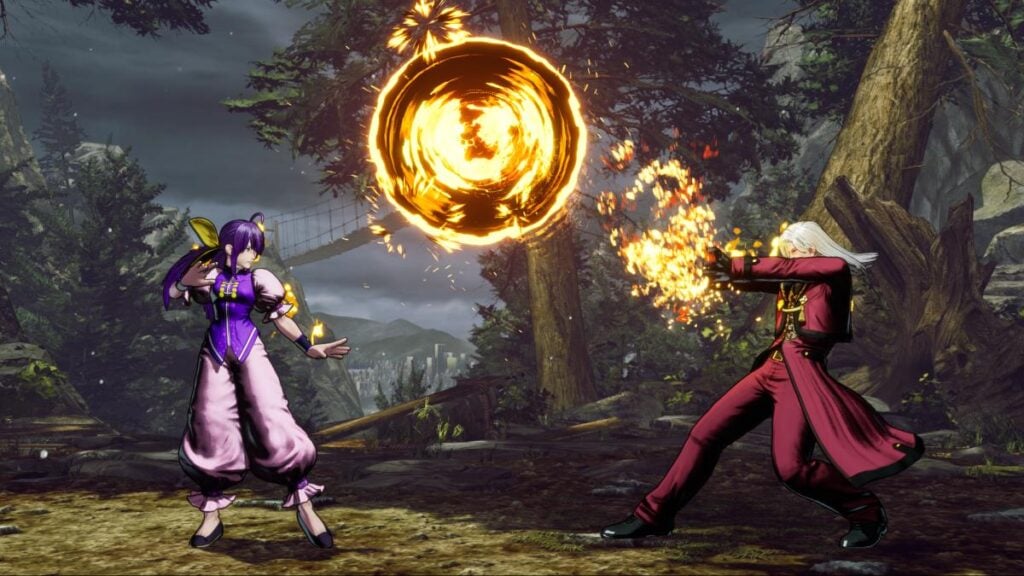
Now, for the best part, the areas in which SNK and Fatal Fury: City of the Wolves really shine. The combat system, the phenomenal music, and the amazing art style, which is a sight to behold regardless of what level of player you are.
The REV System includes the REV Gauge, which is probably one of the most important resources in your arsenal and functions a lot like the Drive Gauge from Street Fighter 6. It also includes a Super Gauge, which can be used to perform supers called Ignition Gears, Redline Gears, and the most powerful and flashy ones, Hidden Gears. That latter not only requires that you have a full stick of butter (aka Super Meter) but also mandates your health to be in the “SPG” zone of your health bar. If the stars align, you can not only do a ton of damage but also look very cool doing it.
Add on top the ability to cancel EX moves into other EX moves, and the ability to feint cancel certain specials, and you have yourself a playground where you can get endlessly creative depending on what resources you have and how far in into the match you’re in. And on top of it all, you have to keep an eye on your resources, your opponent’s resources, and use their aggression against them by making sure they Overheat. At the same time, your opponent will aim to use “Combination Attacks” and land hits to make sure they don’t overheat. This push and pull during a match, albeit familiar, adds a layer to the familiar “finish your opponent’s health bar to win” mentality that fighting games have.
This is just the tip of the iceberg in terms of strategy for now. As players get a hang of the game, the uses of Just Defends, Hyper Defends, as well as predicting the opponents and landing Dodge attacks, high-level play of Fatal Fury: City of the Wolves will be a marvel to witness.
All of this is encompassed in an engrossing and catchy soundtrack that, regardless of which game mode you’re in, will make you move to the beat. Couple that with the Jukebox Mode and you have yourself a very entertaining listening experience, all without spending any in-game money, or grinding, or buying battle passes. I found myself snapping my fingers along with the beat more than once. Kudos to SNK for going the extra mile when it comes to sound design.
Finally, the cherry on top is the game’s excellent art style and design. SNK has absolutely knocked it out of the park with Fatal Fury: City of the Wolves; the game finally has some identity, seeing one frame tells you what you’re looking at. This is something that SNK has struggled with ever since King of Fighters XIII, which is by far one of the best-looking fighting games ever made (I will die on this hill, if you disagree, meet me in ranked). But the days of KOF14 and 15 looking generic are far behind us.
A Gem Waiting To Be Polished

While the game has rough edges and isn’t the easiest entry point for newcomers, this isn’t necessarily a flaw. The fighting game community often refers to “O’niners,” players who started with Street Fighter 4, a game known for its difficulty and complex combos that only a few can master to this day. So, being difficult isn’t a bad thing; it can be one of the reasons why players flock to the game in the first place. Fatal Fury: City of the Wolves fits into this tradition of deep, challenging fighters that reward dedication.
If you want to chill out and play with friends, mash some buttons with the new control scheme, and not be bothered with ranks, you will still find that there is a lot of fun to be had here. This includes the classic lane switching mode that is available in certain stages, which, although not exactly competitive, adds a certain flair missing from many fighters these days.
Plus, there is more than that for casual players. Like playing the story mode to unlock artworks, voice lines, character movies, and a plethora of other things. Although the game looks like a hardcore fighting game, and in many ways it is, that isn’t the only way it can be played.
This is an ongoing and ever-evolving game, and as time goes on, those rough edges will be buffed out, and most of the shortcomings will get their solutions. And if all goes well, and SNK makes sure the game remains balanced and doesn’t suffer from content droughts, we have ourselves an addition to the competitive and casual fighting game scene for a long time.
Fatal Fury: City of the Wolves (PC Review)
Fatal Fury: City of the Wolves isn't just an old franchise coming back, but it is also a return to form for SNK. While there are some missteps here and there, the core game is stands toe-to-toe with some of the best out there.
The Good
- Deep and engaging REV System
- A sight to behold
- An instant classic soundtrack
The Bad
- Missing features in training and mission modes
- Some characters redesigns look generic

